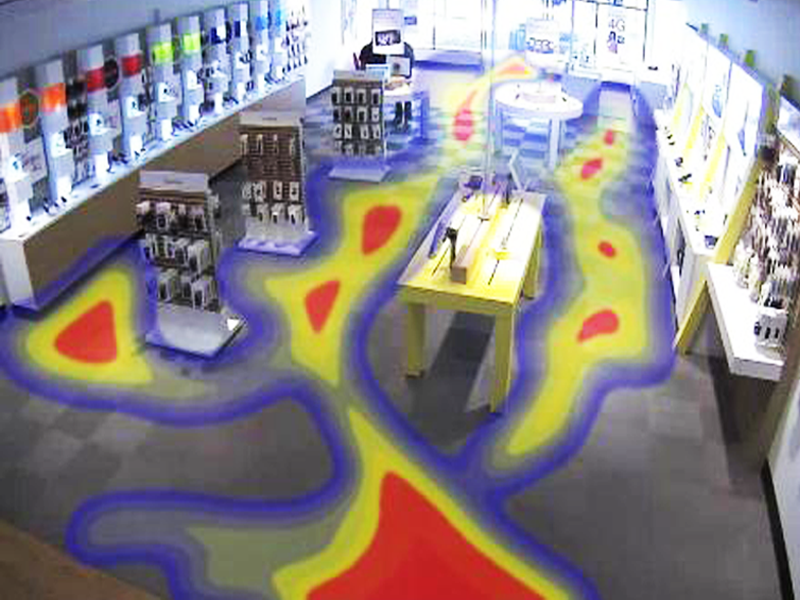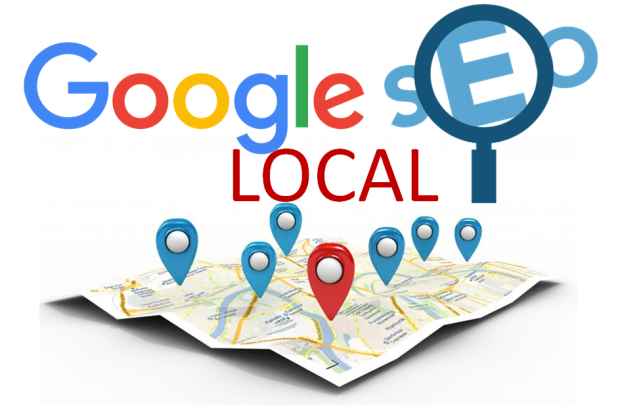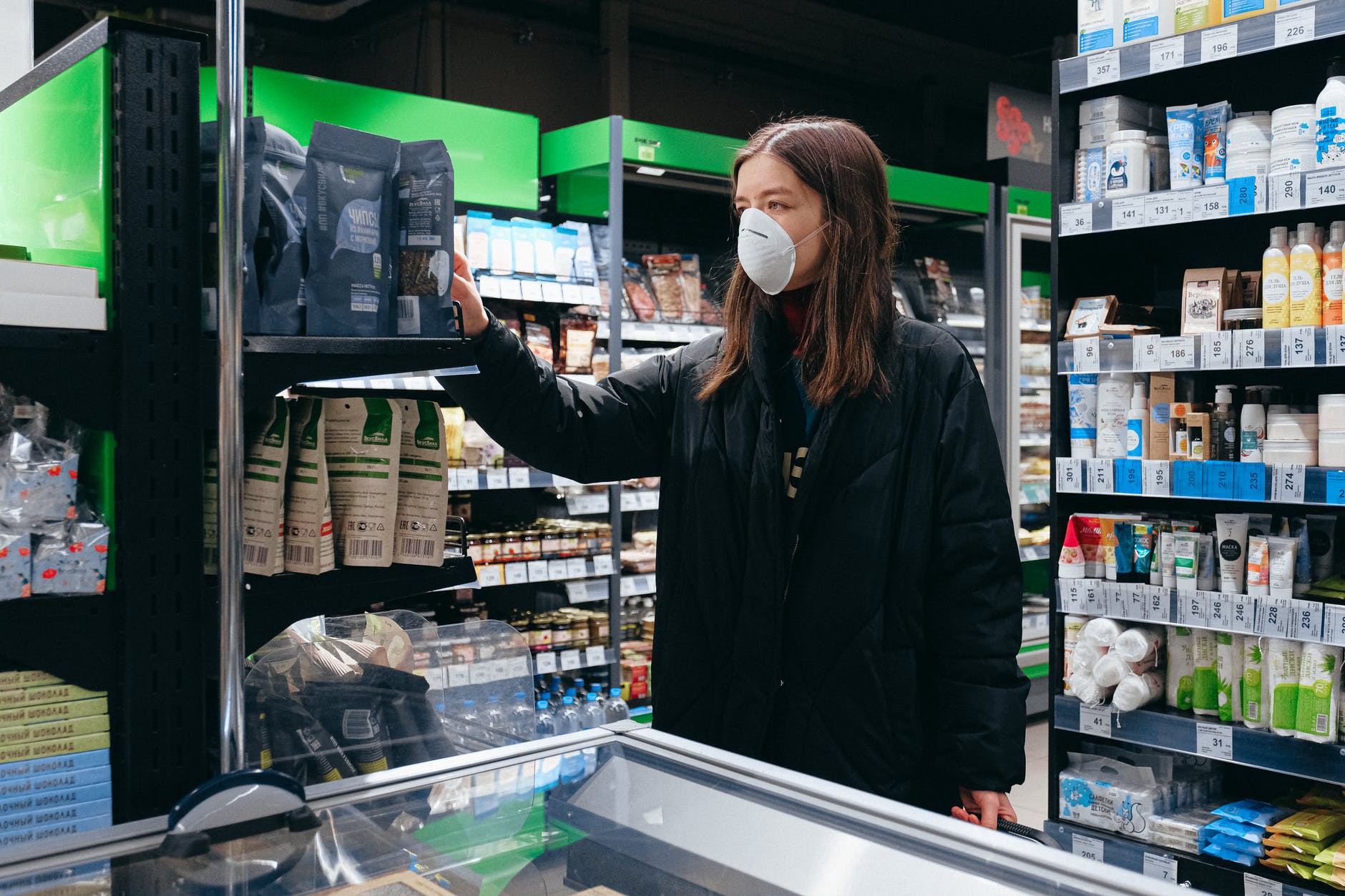
How Video Is Enhancing Heat Mapping for Retailers
How Video Is Enhancing Heat Mapping for Retailers
In today’s retail environment, heat maps often are used to understand customer behavior in relation to a store’s layout. And now, video capabilities are turning heat-mapping data up a notch. While heat mapping allows retailers to understand where customers walk within a store, video allows retailers to see how that customer behavior translates into purchases.
As retail managers study this data, they can see which product placements are working and which aren’t. This way, they’ll know where to allocate marketing dollars within their stores.
WHY — USE VIDEO WITH HEAT MAPPING?
Traditionally, video cameras have been used for loss prevention. However, in recent years, retailers have employed cameras to gain more insight into operations and customer purchasing journeys. These smart cameras make analytics such as line crossing, dwell points, loitering, object removal, and tracking available to retailers.
The main challenge of using cameras for tracking is their limited range (typically about 2,000 square feet without obstructions). Most big-box retailers have tens of thousands of square feet of floor space, meaning that tracking customers’ purchasing behavior becomes extra challenging.
Heat maps come with their own set of limitations. First of all, results can be skewed by employee behavior. For example, if an employee is unwilling to walk over to certain area of the store to greet customers, it forces the customers to go to him or her. This activity might create a false hot spot. Heat maps also have to be studied regularly and compared with sales data, and video makes these comparisons easier.
This is why video and heat mapping work best together. Heat map overlays create a better presentation of the data within shorter intervals. This provides clearer insight into customer behavior, and those insights can be reconciled with inventory and point-of-sale data.
Plus, video allows store managers to see exactly what products their customers touch and purchase, which employees help customers, and other details that allow them to understand customer behavior on a deeper level.
THE MANY BENEFITS OF MAPPING CUSTOMER JOURNEYS
When video footage and heat maps are studied together, store managers are better able to understand the details of customer behavior. Retailers can use software services such as Prism to integrate heat mapping into preinstalled security cameras to gather this data — seeing where customers walk within a store, what they touch, and what they purchase.
This data can bring several issues to light. For example, studying what items people are picking up and looking at the purchase rate might identify pricing problems. Or if an item isn’t being purchased frequently, retailers might discover via video heat maps that the item is located in a low-traffic section of the store.
The introduction of video capabilities to heat mapping is a great victory for retailers. Because of video heat mapping, retailers are able to gather more accurate customer behavior data in relation to store layouts and customer purchasing decisions. And store managers will be able to use this data to build better planograms and position products to increase overall revenue for their stores.
Related Posts:
https://sambahreini.com/2015/07/retail-technology-trends-how-to-stay-agile-in-a-changing-market/
https://sambahreini.com/2014/09/ibeacon-just-one-piece-of-your-retail-marketing-puzzle/


